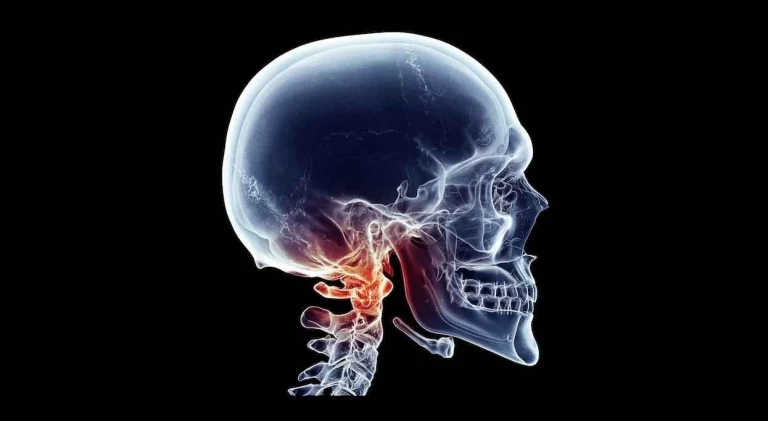
Advances in structural imaging of the spine have provided opportunities for a more accurate diagnosis in a timelier manner for patients. Although many conventional chiropractors do not use structural imaging to evaluate the spinal structures, Blair Upper Cervical Doctors routinely utilize imaging. Without seeing spinal structures on a cervical spine scan, you’re leaving your treatment up to chance.
What is the difference between and MRI and CBCT scan?
Magnetic resonance imaging (MRI) is a widely utilized imaging technique that is very accurate for assessing soft tissue structures. This means that MRI is the “go-to” imaging of choice for checking the brain, blood vessels, muscle tissues, spinal discs, etc. As the name implies, MRI uses a magnetic field rather than radiation to acquire the image.
Cone beam computed tomography (CBCT) is a cutting-edge structural imaging modality that uses a 3D process that allows the doctor to visualize highly detailed and accurate cervical spine scans. This removes the guess work of a traditional x-ray evaluation. Many Blair Upper Cervical Chiropractors utilize CBCT to efficiently identify issues with the upper cervical spine. While MRI is primarily used for soft tissue structures, CBCT is used to evaluate bones such as the skull, jaw, and cervical spine.
Both technologies can be used effectively to perform a cervical spine scan in order to help diagnose a patient’s condition, but MRI scans are usually much more costly.
MRI cervical spine scans are typically taken laying down, although some machines can perform a seated scan known as upright MRI. CBCT cervical spine scans are normally performed in a seated or standing position which is more representative of the spine’s normal upright orientation.
Most chiropractic patients get a cervical spine scan in order to determine if they are suffering from the effects of upper cervical subluxation. This term describes a condition in which the upper part of the neck has displaced from its normal alignment. This shift in alignment produces a host of negative side effects in the body that may include:
- Neck pain
- Headaches
- Numbness/tingling
- Shoulder/arm pain
- Back pain
- Ringing in the ears
- Facial pain
- Muscle spasms
These symptoms develop over time as the structural shift at the top of the spine produces irritation to the central nervous system. The central nervous system is made up of the brain, spinal cord, and spinal nerves and it travels through the center of the spine downward to the body. These sensitive “electrical wires” help to keep each part of the body connected to the brain. If interference results in the transmission of signals between the brain and the body, some function related to that nerve pathway will malfunction.
Most patients seek out Blair Upper Cervical Chiropractors for relief from these symptoms after attempts at conventional methods have failed. The key objective of Blair Upper Cervical chiropractic is to identify and correct these structural shifts at the top of the spine in order to normalize function along the nerve pathways throughout the body. This results in not only a reduction or elimination of symptoms, but an improved structural integrity of the spine.
Cervical spine scans play a crucial role in the evaluation of patients who are experiencing these conditions. Just like many other parts of the body, now two people are alike in the architecture of their spine. This means that each person is unique in their bone structure and mechanics and should be treated according to their needs. Doctors are utilizing cervical spine scans in order to determine:
- Has the alignment of the upper spine been compromised?
- Which segment or segments of the spine have shifted, and which haven’t?
- To what degree has a shift occurred
- What is the safest and most effective adjustment approach for the patient?
While there is a high level of technical detail that goes into making these measurements, the key consideration in the need for cervical spine scans prior to adjusting the neck. This important visual display of a patient’s spinal structure leads to better outcomes with fewer adjustments, less often, without cracking the neck.
The information obtained from cervical spine scans is then correlated with other examination procedures such as nerve testing, balance/coordination testing, posture testing, range of motion testing, and orthopedic testing. All this baseline testing is then interpreted in light of the patient’s injury history, current health status, and a detailed treatment plan is developed to meet their needs.
If you or a loved one are suffering from health challenges that are unresolved and unexplained, consider consulting with a Blair Upper Cervical Doctor. These qualified chiropractic professionals can perform a cervical spine scan in order to determine if a key component of your health has been overlooked which includes the structural integrity of the spine and the performance of the nerve system.




Leave a comment